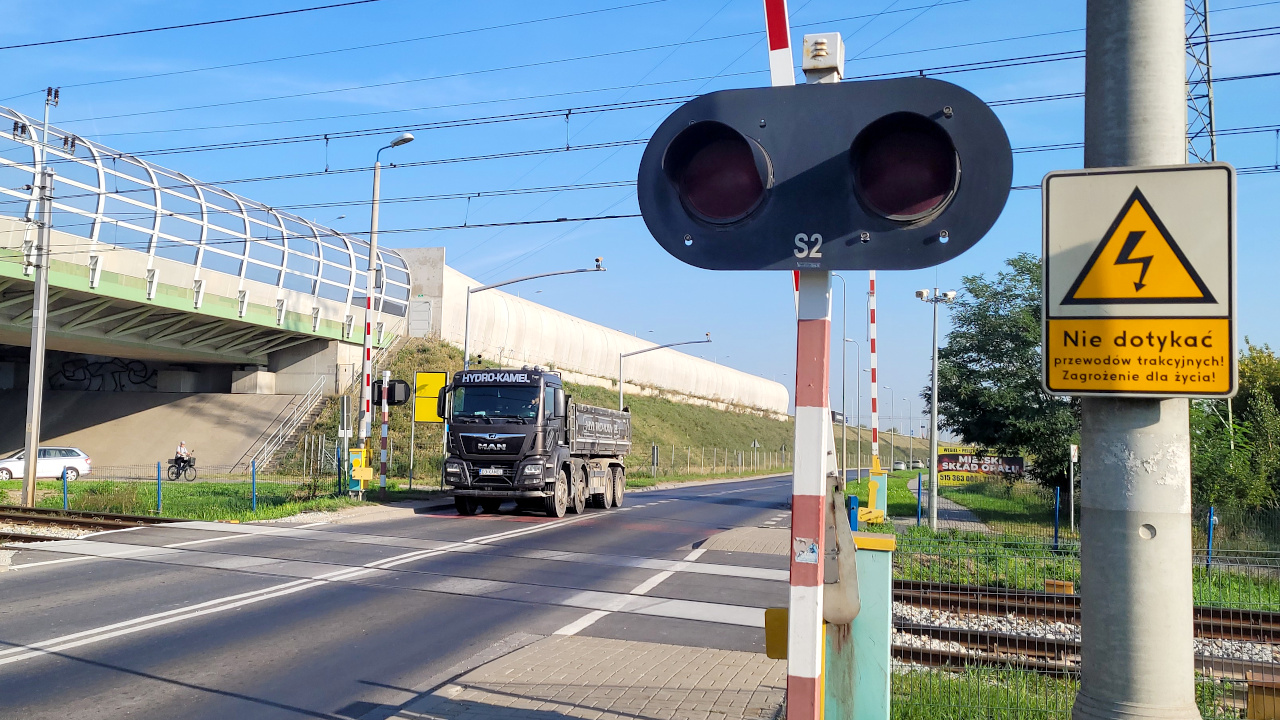

Another of our monitoring systems for dangerous railway crossings has been launched in Wroclaw, on Szczecinska street. The NeuroCar RedLight 3 system automatically registers all vehicles that have not stopped at a red light, but also detects vehicles performing dangerous maneuvers; such as those overtaking at the crossing.

The system launched on Szczecinska street is yet another installation carried out under a contract with GITD for “Delivery and installation at rail-road intersections of 5 stationary recording devices used to reveal offenses involving failure to obey traffic lights by vehicle drivers” (BDG.ZPB.072.3.2021). The supplier of the system is Lifor Sp. z o.o., and the developer of the solution is the Wroclaw-based NeuroCar Sp. z o.o. company.
The implemented solution monitors each railway crossing entrance independently. Three cameras were installed at each inlet. The first camera observes vehicles entering the crossing “from behind”, tracks their movement trajectory and simultaneously monitors the status of the traffic lights. The second camera, installed on the opposite side of the entrance, observes the front of the vehicle, detecting the moment it crosses the stop line. This camera is also used to identify the vehicle by recognizing the license plate, country of origin, category, make and model version of the vehicle. A third camera is placed in such a way as to take a clear photo of the driver. The video stream from the cameras is sent to a recording device that analyzes the data in real time and generates information about offenses. The registered offense is encrypted and digitally signed, and then almost immediately, it is sent electronically to the CANARD headquarters in Warsaw.
The solution provided by NeuroCar uses the latest deep neural network technologies and was fully developed in Poland. DNN models are used at various stages of video analysis, e.g. for detecting and tracking vehicles, visual analysis of traffic lights, detecting and recognizing license plates, make and model recognition, or carrying out various calibration processes. The real-time application of these techniques would be impossible without hardware support in the form of a dedicated Hailo-8 neural computing coprocessor embedded in the recording device.